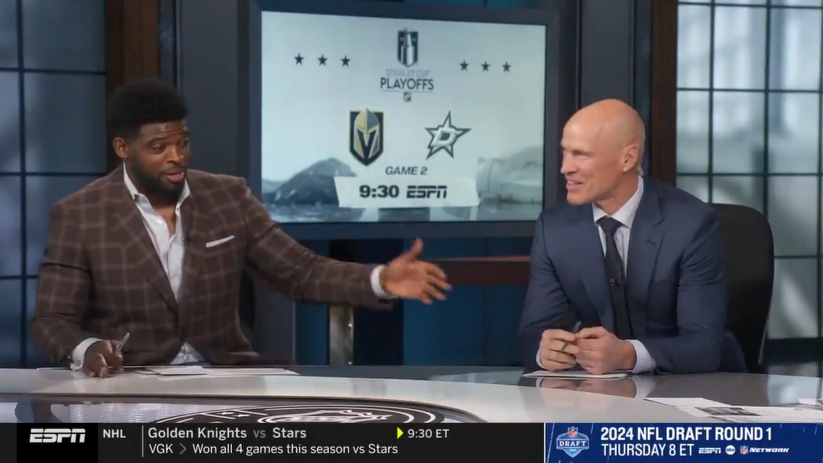Naomi Osaka’s withdrawal at the French Open after initially refusing to participate in mandatory press availability kicked off another round of media access debate. On the heels of that story, the NFL now plans to keep locker rooms closed to media for training camp and preseason, likely foreshadowing another year without locker room access for beat writers and other media members.
That’s according to a report in the Washington Post from Ben Strauss and Mark Maske, and the league is also citing health concerns, albeit in this case Covid and not mental health.
From the Post:
The NFL training camp protocols are probably a strong indication of what’s in store for the regular season scheduled to begin in September, though negotiations are still ongoing. That means that even as fans return to stadiums and as the country as a whole moves toward normalcy, NFL reporters probably will not be roaming locker rooms during the practice week and after games, as was custom before the pandemic.
The continued restrictions come as media members across sports are grappling with questions about access to athletes and what their jobs may look like in the future.
While this certainly falls under the umbrella of media access regulation, there’s an important distinction between press conferences and locker room availability when it comes to writers and reporters doing their jobs. Press conferences typically have a perfunctory air about them, with rote questions and rote answers the norm. That’s a big part of why the media didn’t get much sympathy throughout the Osaka narrative.
For beat writers, though, locker room access is crucial. A lot of legitimately interesting news can actually be traced back to that level of access.
Obviously a pandemic is a pandemic; last season, the concerns were such that no one would have really expected that kind of locker room openness. It would have been irresponsible. Now, though, with vaccinations available and plenty of data supporting their efficacy, there’s a reasonable push to return to at least some level of access, and reporters may have been counting on that heading into the season.
It could still happen, of course; nothing is set in stone. But the longer “no reporters in the locker room” is the practice, the tougher it might be for reporters to ever get that privilege back again. If that happens, the job is going to look much, much different for sports journalists.







